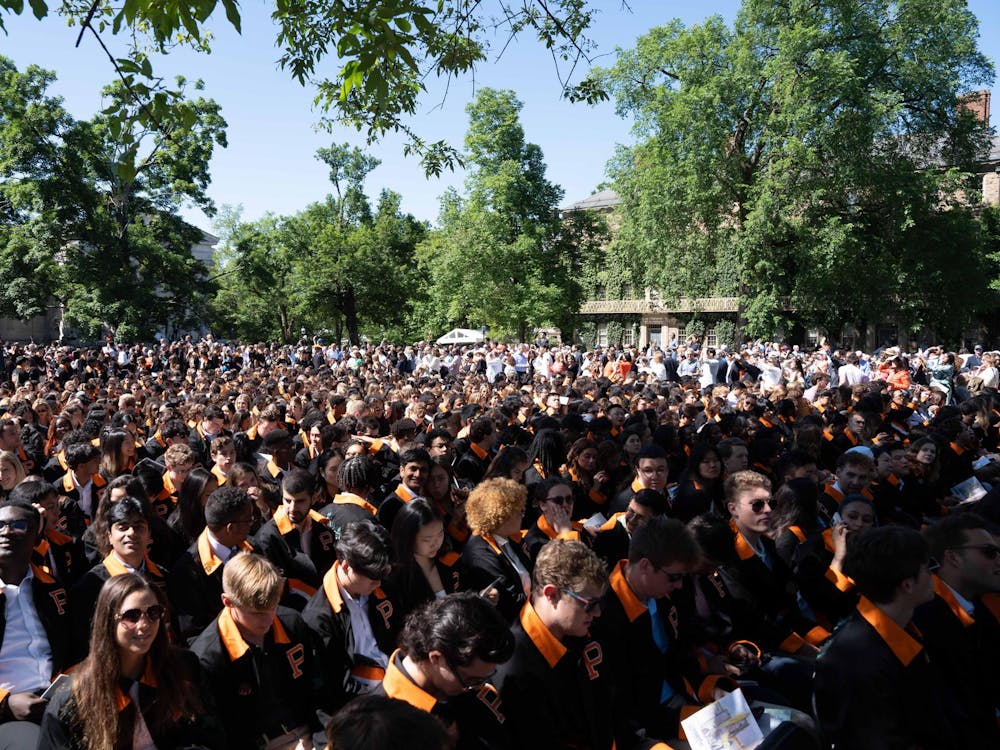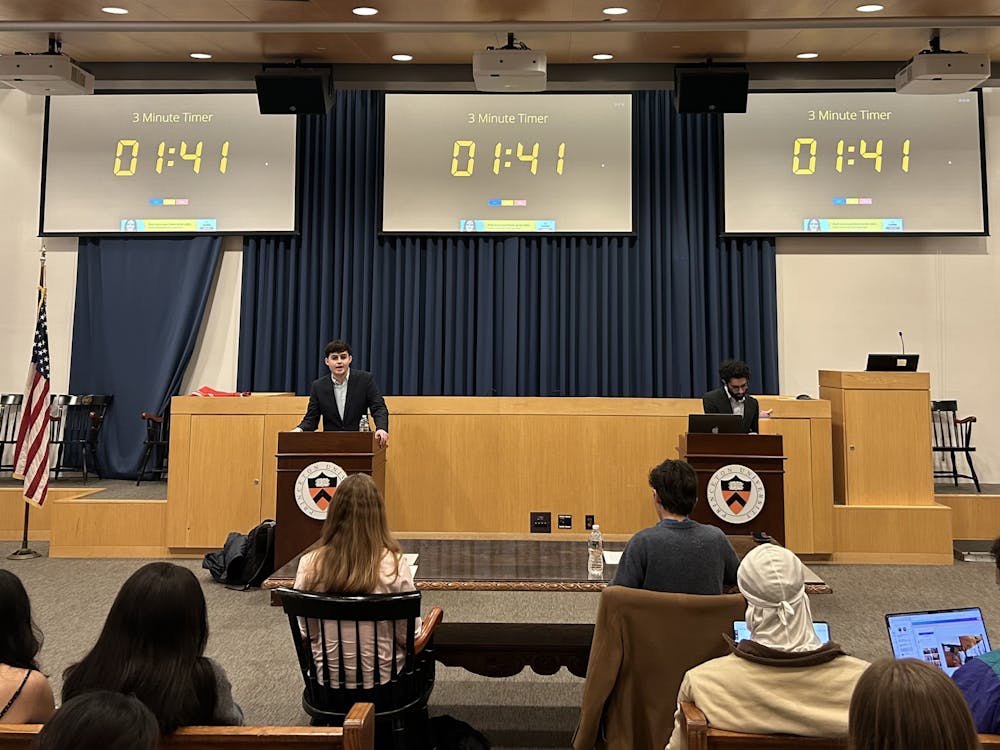My eyes gleamed as I browsed my Teach for America interview day materials. As part of the half-day evaluation, I was required to teach a five-minute lesson. Five minutes with a captive audience . . . three hundred seconds as a prophet. I spent the next three weeks agonizing over those seconds.
En route to my first-ever session of teaching (SAT math, freshman year) I vowed not only to impart information, but to mesmerize. Xs and Ys would float in my students' eyes like dollar signs. I imagined triumphal cornet blasts as child after child saw the light . . . unfortunately, my brood of latecomers, slouchers, and sleepers had much to review. They needed me to subdivide skills like fraction manipulation into ever simpler steps, steps that had long been second nature to me. Thanks to that experience, I learned that mastery of a concept is only one aspect of effective teaching. The crucial part is the ability to crumble concepts into their most basic elements and piece them back together.
Thus I approached my second teaching challenge more analytically, mulling on it during my philosophy lectures. Aristotle claimed we do not truly understand a thing until we have analyzed it "as far as its simplest elements." Thus, in investigating an object or phenomenon — a leaf, or leaf changing color — we peel back layers of complexity to uncover basic "principles," mi-croprocesses and microconstitu-ents (ours differ, of course, from the principles Aristotle was acquainted with). Without knowledge of chlorophyll and photosynthesis, we cannot fully understand a leaf or its transformation. The same holds of teaching. Even as a teacher nonchalantly presents a concept, she is aware of every bone and sinew holding it together. She knows her lesson's inner workings, schematics, and choreography cold. Teaching is like a magic show — for every visible gesture there are a dozen hidden maneuvers.
I needed a magic trick. What would it be? Should I present a litany of facts, or one complex idea? African geography, the Greek pantheon, or centripetal force? One friend suggested I use cross-sections of peanut M&M's to model the earth's interior. A teacher friend recommended that I integrate a "minor epiphany" into the lesson, having students render a Loren Eiseley quotation about the limitations of language into the spartan poetic form known as the cinquain. A waggish anthro major suggested the Piaget self-recognition test. "Put rouge on their noses and give them mirrors. Do they see themselves or the Other?"
Finally, inspired by my Aristotle professor's claim that beasts lack a rational principle, I sketched a lesson on anthropomorphism. At the world premiere the night before the interview, my "students" (roommates) took verisimilitude seriously. They shoved. They wiggled. One fiend dedicated herself to the fine art of surreptitious poking. Soldiering on, I introduced Gilly the Grasshopper, who shirked her work to read and play video games; schoolfish who fidgeted at their desks, blew bubbles, and ignored their teacher; and a piglet who majored in Porcine Studies. Now . . . to unveil the Minor Epiphany. Slyly I asked, "Do animals actually do any of these things? Do they talk, read, or go to school? Do they play video games?"
"Animals do talk," said one child of Satan.
"Grasshoppers have their own video games," said another.
"My mother is a fish," said a third. "Faulkner says so."

They smiled tenderly at me, reminding me of Waugh's phrase about the "face of ageless evil." I lay down on the common room floor and screamed. My hobgoblins waited patiently. I bounded up with a new idea: "If your cat or dog were a human being, what would it be like?" Someone relented and said, "If cats and dogs were humans, they would fight like brothers and sisters." We tried thunder and lightning: "They would chase each other across the sky . . . thunder would walk with booming footsteps . . . lightning would have a split personality." A redwood tree would be a "proud old man." Finally, a breakthrough.
Later, I realized I had left too many loopholes for imaginative minds, and decided to analyze the concept even further. What basic principles lurked in the background? What were the rudiments? I invented a simple formula for generating anthropomorphisms, involving the yoking of only two elements: "human" predicate and nonhuman subject. I generated several examples to spark suggestion: jealous flower, lazy rock, secretive cave, cruel storm, dreaming dog, wistful house, proud star. I symbolized the union of two elements by joining my fists as if fitting together sections of pipe. I repeated the action until I fell asleep.
The final performance went smoothly. My fists served me well (fortunately those "students" were better behaved, and I used my fists exclusively for pedagogy). Afterwards, every sense, reflex, and faculty was heightened. I was exhausted. Five minutes of teaching seems like an eyeblink, but it contains a universe. You're bounded in a nutshell, yet monarch of infinite space.
Janani Sreenivasan is a history of science major from Corvallis, Ore.








